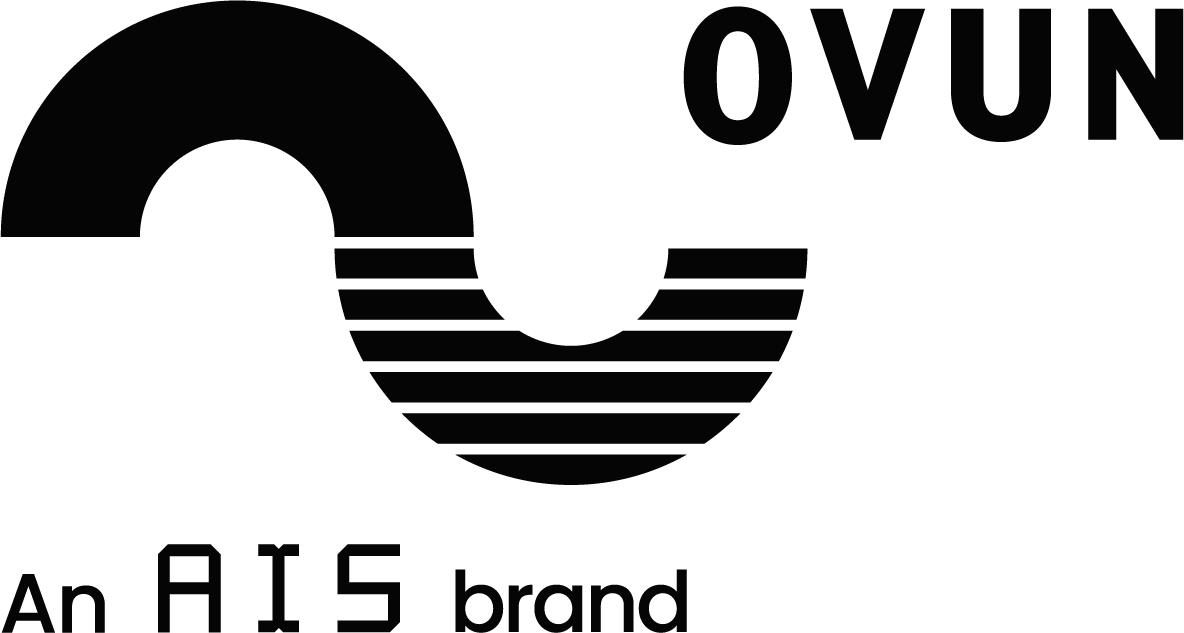Rotational Moulding
Rotational moulding is a production process that is particularly suitable for large, hollow products.
We can produce parts with uniform wall thickness and complex shapes, at a relatively low production cost.
The production method means that you get a homogeneous material with low tension and no welding seams.
Get in touch

Rotational moulding process
Moulds are first filled with small plastic pellets. The mould is then heated and rotated with cetrifugal force to coat the inner walls with plastic evenly, creating stress-free, seamless parts. No additional pressure is required during the casting.
Additional processes can be added; for example filling with polyurethane foam or epoxy filler. Rotational moulding also offers the opportunity to manufacture stress-free parts with uniform wall thickness and complex shapes at a relatively low production cost.
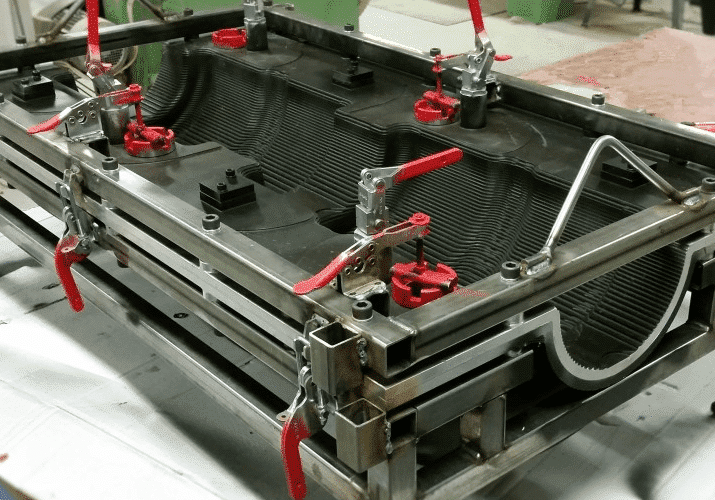
Benefits of rotational moulding
Compared with traditional methods, rotational moulding supports large hollow parts, consistent quality and short changeovers. It’s well suited to marine and industrial environments where reliability and low maintenance are essential.
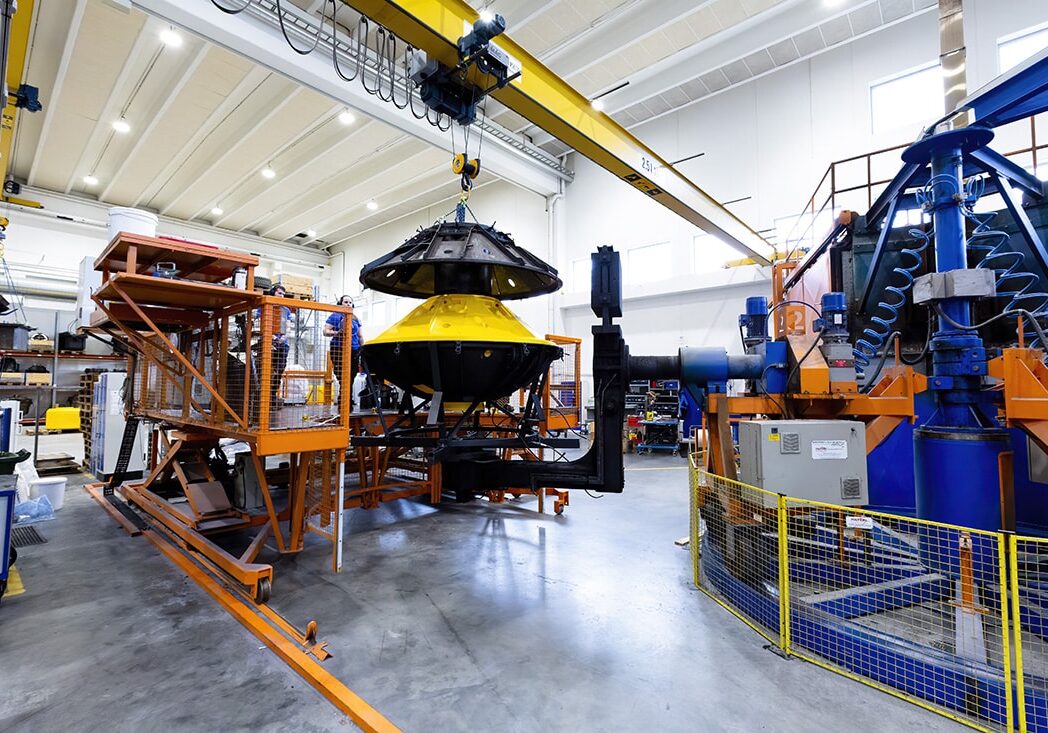
Materials
Medium and High Density Polyethylene (MDPE, HDPE) are the materials of choice for roto-moulding at Ovun. These materials are fantastically durable and versatile.
Ovun uses MDPE and HDPE for excellent impact strength, chemical resistance and long service life. Material selection is matched to each application to balance durability, weight and cost-efficiency.
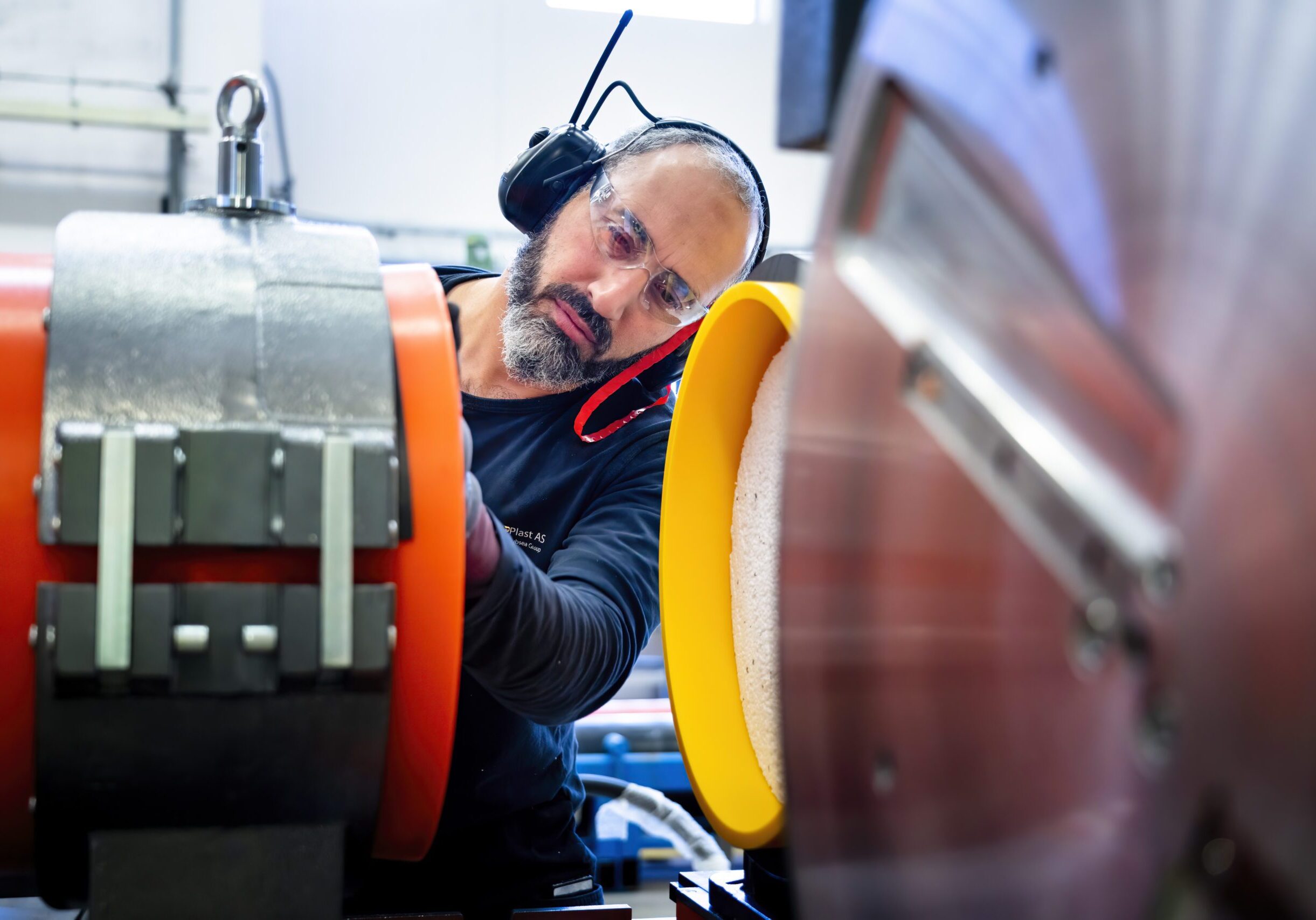
Experience
We have a long history of development, innovative thinking and design in its various segments. Plastic products can be used in combination with components of steel and aluminium as well as integrated electronics systems.
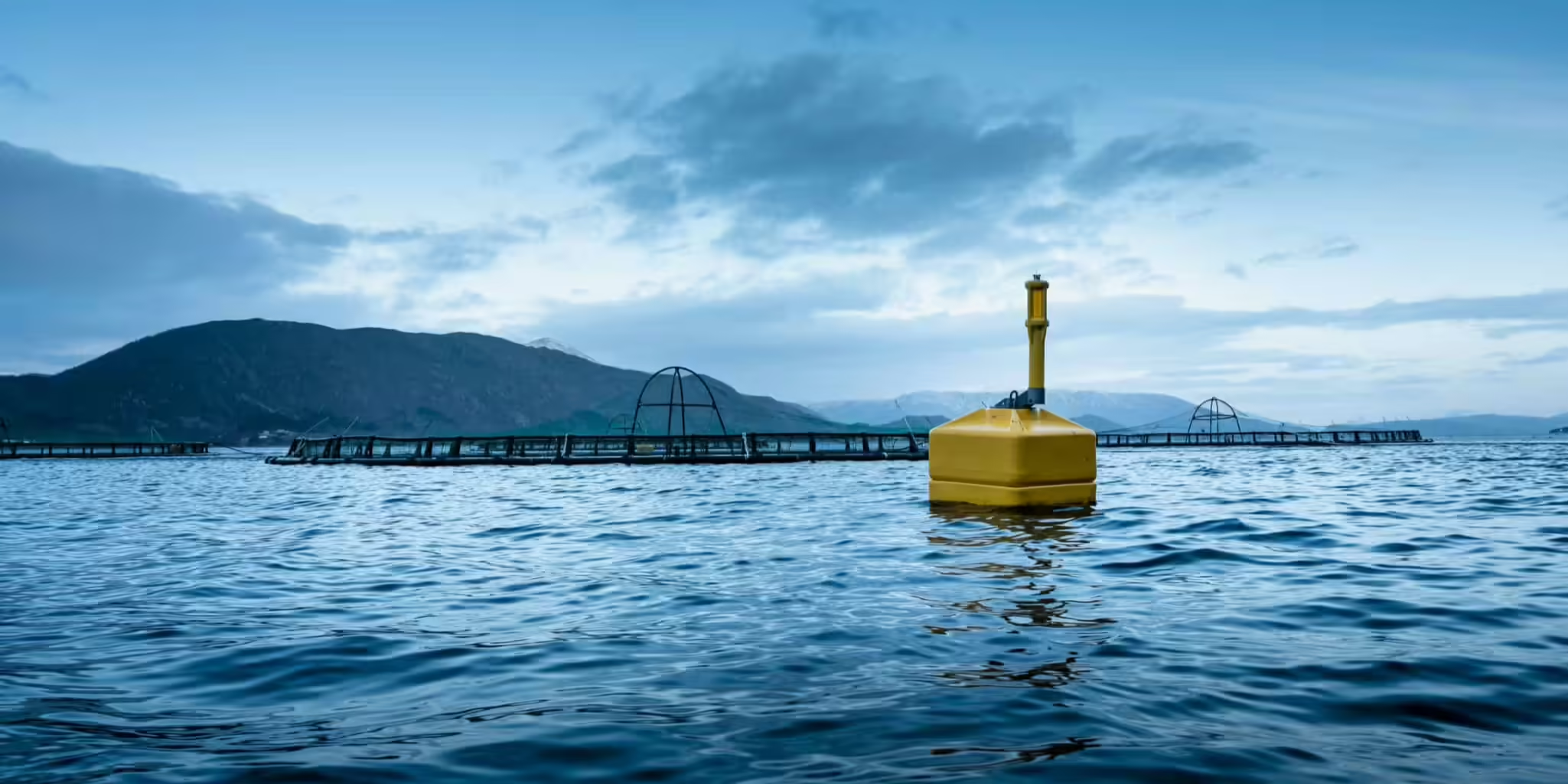
Advantages
Low internal stresses
Rotational moulding
Relatively low tooling costs
No welding seams
Large products at low cost
Design freedom - realise your dream
